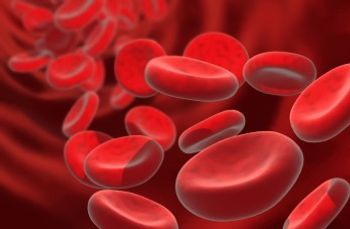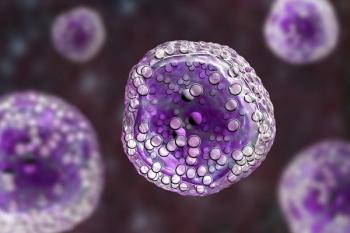
Breast Cancer Death Rates Decreased by Nearly 40% Since 1980s
From 1989 to 2015, breast cancer death rates decreased by 39%, according to findings from a report from the American Cancer Society. This decrease translates to well over a quarter of a million averted breast cancer deaths in the United States.
During the 26-year period from 1989 to 2015, breast cancer death rates decreased by 39%, according to findings from a report that outlines substantial variations in breast cancer incidence and mortality rates by race/ethnicity in the United States,
The report, published every 2 years by the American Cancer Society, also showed that black women continue to have higher breast cancer death rates compared with white women; however, death rates in several states are not statistically equivalent, perhaps reflecting an elimination of disparities in those states.
From 2005 to 2014, overall breast cancer incidence rates increased among certain races/ethnicities, such as Asian/Pacific Islander (1.7% per year), non-Hispanic blacks (0.4% per year), and Hispanics (0.3% per year), but remained stable among non-Hispanic white and American Indian/Alaska Native women. According to the report, this increase in incidence was due to an uptick in rates of hormone receptor–positive breast cancers among all racial/ethnic groups, compared with rates of hormone receptor–negative breast cancers, which decreased.
The steep decline in breast cancer death rates has been attributed to both improvements in treatment and early detection by mammography.
By the same token, not all women have benefited equally from these improvements, as evidenced by variation in mortality trends. From 2006 to 2015, death rates decreased in all racial/ethnic groups. However, in 2015 the death rate in non-Hispanic black women was still 39% higher compared with non-Hispanic white women. The researchers noted that this disparity ceased to widen since 2011.
Difference in death rates by race/ethnicity varied greatly by state. Excess death rates among black women were as high as 66% in Louisiana and as low as 20% in Nevada. There was no significant difference in death rates between non-Hispanic black and non-Hispanic white women in seven states. In many of those states, the closing gap may reflect a lack of statistical power (small numbers of breast cancer deaths among black women). But in Massachusetts, Connecticut, and Delaware, the similar rates suggest that equitable breast cancer outcomes are achievable.
“A large body of research suggests that the black-white breast cancer disparity results from a complex interaction of biologic and nonbiologic factors, including differences in stage at diagnosis, tumor characteristics, obesity, and comorbidities, as well as access, adherence, and response to treatments,” wrote Carol E. DeSantis, MPH, director of breast and gynecological cancer surveillance at the American Cancer Society, and colleagues. “However, the substantial geographic variation in breast cancer death rates and trends confirms the contribution of social and structural factors. Increasing access to healthcare in all states can further progress the elimination of breast cancer disparities.”
Newsletter
Stay up to date on recent advances in the multidisciplinary approach to cancer.


















































































